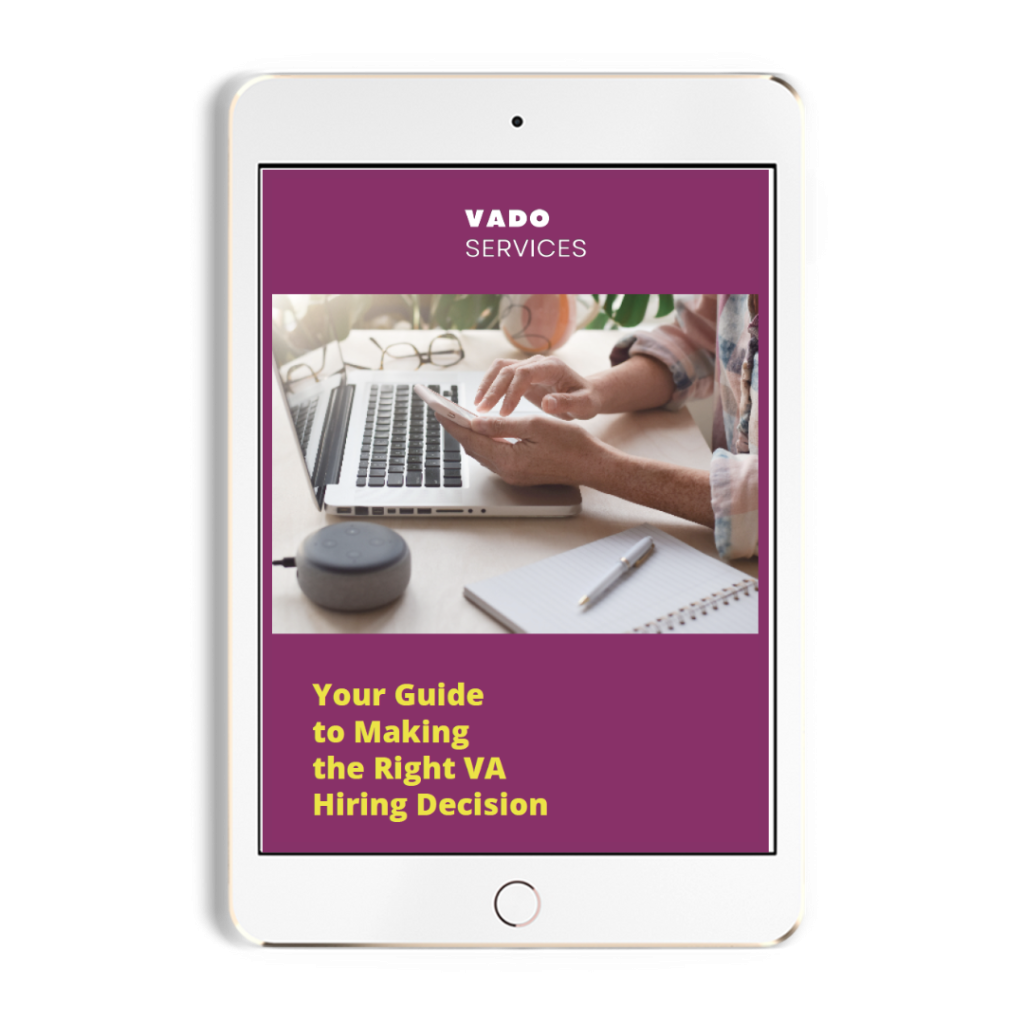Especially as a solo travel agent, the process of hiring new employees is becoming increasingly complex and costly. As an employer, you need to consider various factors beyond just the base salary of a potential hire.
In this blog post we’ll share some of what we’ve discovered in the process of hiring employees in the USA and Canada, and the associated costs. We’ll be sharing insider information from the perspective of a solo travel agent and the context of a small agency.
Of course, costs associated with hiring an employee, providing a holistic view of the investment required. Understanding these costs is crucial for making informed hiring decisions that benefit both the organization and its workforce.
Initial Hiring Costs
In order to start collecting information from applicants, a good amount of time needs to be dedicated to planning the hiring process, creating the job description that accurately reflects the expectations of the position you’d like to fill, having it reviewed by somebody (even if it’s a friend or a colleague in the same industry).
Then, you have to evaluate the best places to feature the job listing. Should you publish it on LinkedIn, Facebook, Indeed? What about publishing it in Facebook groups to see if it would be relevant to anybody in there? Maybe you could get organic views on the listing by just publishing it everywhere. Should you pay to promote the listing?
That’s why creating and promoting job listings on various platforms incurs significant expenses, even if you try to do it yourself.
Once you receive applications, you spend time reviewing them and then you research the best way to conduct an interview. The interview process itself demands time and resources for screening, interviewing, and evaluating candidates.
And, of course, in order to save the headache, you can pay a recruitment agency. Unfortunately the fees can add substantially to the cost, especially if specialized talent is required.
These initial hiring costs are often underestimated but are essential for finding the right fit for your company.
Onboarding and Training
In order to hire someone, you’ll need a contract that accurately represents the criteria that you will abide by, and what your new employee will abide by. Taking the time to work with someone to create a comprehensive contract, reviewing it, and collecting feedback from one or two of your contacts can help with this process takes more time and investment. It’s really important that expectations are set up front in order to avoid major headaches in the future.
Once you finally select your candidate and send them a job offer with the contract, provided they accept with the terms and conditions you put into the contract, you’ll have your new employee!
Onboarding new employees involves setting up new accounts, providing necessary tools, and initial setup, which all come at a cost.
Depending on the profile of the candidate you chose, you may have someone who’s an expert in your field. Or you may have someone who is a beginner, and looking to level up their skills. Generally a more experienced candidate will have a higher salary. The less experienced individuals will have lower productivity. Sometimes they take longer to do a task, or they need more supervision (coming at a cost), or they require more time and cost for training.
Training programs are vital to ensure that new hires understand company processes, tools, and culture. Even an experienced candidate, although they may be competent and qualified to do the job, will still need some guidance to learn the processes of your business. The onboarding phase requires dedicated time and resources from both the new hire and existing employees. Proper onboarding and training are investments that can significantly impact long-term employee productivity and satisfaction.
Salary and Benefits
This section is probably the most obvious one. As mentioned above, there are candidates who will require a higher salary and others who won’t require as high a salary. This is generally understood and accepted based on experience level, but there are other factors to consider as well.
For example, depending on the time flexibility and location flexibility, your job opening may be attractive to different candidate profiles and it may be reasonable for someone to accept a lower salary if the position is remote, with a work from home arrangement that saves the commute time and cost for the new hire.
At the same time, if you are open to hiring remote, you will need to consider the locations of applicants. Depending on how you structure your job description and the details you include, candidates in a high cost of living area may apply and expect a much higher salary than people in an area with a lower cost of living.
The base salary of an employee is just one part of the total compensation package. Employers also need to offer benefits such as health insurance, retirement plans, and paid time off. These benefits add substantial value to the overall compensation but also increase the financial commitment of the employer. Understanding the full scope of salary and benefits is essential for budgeting and financial planning.
Unfortunately, if the new candidate doesn’t work out, you will need to keep in mind that they may be entitled to a severance package that some businesses would consider cost-prohibitive, creating a weird situation where a business can’t afford to fire someone who simply isn’t working out for their needs.
Operational Costs
Operational costs include the equipment and software needed for the employee to perform their job effectively. This might involve computers, software licenses, and other necessary tools.
Additionally, workspace costs such as office space, utilities, and related expenses must be considered. These operational costs are ongoing and can add up significantly over time.
Usually the category of operational costs nowhere near the highest total value of the hire but it’s also easy to overlook. Association dues, registration fees, memberships such can be a necessary part of the hire. If you do need to provide technology and licenses for software being used, be sure to keep that in mind, whether it’s a one-time fee or an ongoing cost.
Hidden Costs
Productivity loss is a common hidden cost during the initial adjustment period for new hires. If an employee leaves, the turnover costs associated with replacing them can be substantial.
The impact on team dynamics, including potential disruptions to workflow and morale, is another hidden cost. Recognizing these hidden costs is crucial for a realistic view of the hiring process.
In our time in the industry, we have seen a handful of situations where a new employee left after a short period, completing the training which had been paid for by the company. On one occasion the employee left without any real productive contributions to the company that had been paying them to follow the training programs. This can be demoralizing and discouraging, whatever the cause is.
It’s true that sometimes it’s a matter of company culture and the comprehensiveness of the onboarding process, but it’s also sometimes just a matter of the timing or the candidate who decides to go in a different direction, and there’s nothing the business owner can do.
Summing it All Up
Hiring a new employee involves various costs that extend beyond the obvious salary and benefits. By understanding initial hiring costs, onboarding and training expenses, operational costs, and hidden costs, employers can make more informed decisions.
Proper planning and budgeting for these expenses are essential for successful employee integration. Employers should approach hiring with a comprehensive strategy to ensure a positive return on investment.
Depending on the type of business you run, after totalling up the costs associated with hiring an employee, it may not be practical for you to hire an employee at all.
Thankfully, there are other options.
We have had great success working with travel agents to help them find virtual assistants overseas. These people work on North American timezones and they overwhelmingly have:
- a great work culture that fits with ours,
- a wonderful attitude,
- a commitment to excellence in whatever their tasks are,
- diligence to perform tasks as needed, and
- deep appreciation for the opportunity to work online.
If you’re considering hiring help and you’re hesitant about pursuing the process to hire an employee but you can use some extra help with admin tasks so you can focus more on serving your customers without losing track of the details, a virtual assistant could be the perfect solution for your business.




